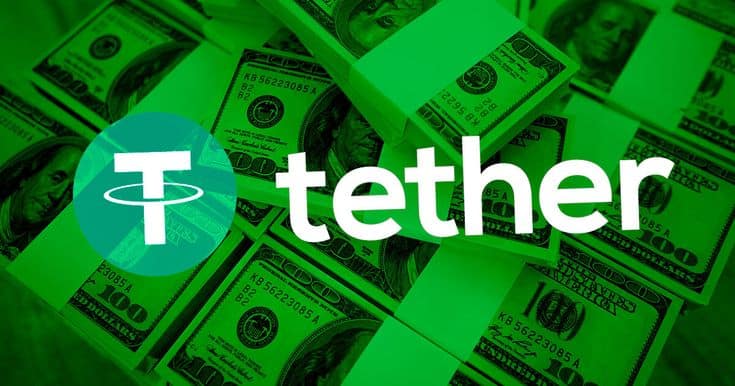A recent report from the United Nations Office on Drugs and Crime (UNODC) has implicated Tether’s USDT stablecoin in facilitating criminal activities across Southeast Asia. However, Tether has clapped back with a response now.
Quick Take:
- The UNODC accuses Tether’s USDT of contributing to a growing digital underworld in Southeast Asia.
- Tether challenges the allegations and says it has always collaborated with authorities.
- Tether’s market share surged to 71% in 2023, despite controversies.
- Circle faces challenges, and Binance kills BUSD to make USDT the leading stablecoin.
The report, titled “Casinos, Money Laundering, Underground Banking, and Transnational Organized Crime in East and Southeast Asia: A Hidden, Accelerating Threat,” points to USDT’s role in an illicit digital economy that is rapidly growing in the region.
The UNODC report paints a concerning picture of the crypto landscape in Southeast Asia. It points to Tether’s USDT as a preferred choice for regional cyber fraud operations and money launderers.
The stablecoin’s stability, ease of use, anonymity, and low transaction fees make it an attractive tool for illegal activities. This is already one of the most repetitive criticisms of the crypto space.
Tether Responds to the UNODC’s Findings
Tether swiftly responded to the UNODC’s allegations, challenging the report and emphasizing the traceability of USDT. The company argued that the UNODC’s analysis ignored the proven record of collaboration between Tether and law enforcement worldwide.
Tether claims to have frozen over $300 million in USDT associated with illicit activities in recent months. It also includes a substantial amount frozen in November 2023 as part of a United States investigation into a Southeast Asian human trafficking syndicate.
The stablecoin firm contends that the UN’s focus on USDT’s alleged involvement in illicit activities overlooks its role in assisting developing economies in emerging markets. Tether accuses the global financial world of neglecting these communities due to the perceived unprofitability of servicing them.
The firm further added,
“We also extend an invitation to the UN to engage in collaborative dialogue, echoing successful collaborations with dozens of global law enforcement agencies including the DOJ and the USSS. Tether remains steadfast in promoting transparency and accountability in digital currencies.”
Despite the negative publicity, Tether experienced a significant boost in its market share, climbing from 50% to 71% in 2023. The stablecoin’s total market capitalization currently stands at over $95 billion, making it the third most valuable cryptocurrency in the market.
Circle’s Struggles Help USDT Grow
Tether’s growth primarily came at the expense of competitors like Circle’s USDC and the demise of the Binance/Paxos project BUSD. Meanwhile, Circle is also finding itself in a precarious position.
The company suffered a PR setback following the collapse of Silicon Valley Bank. It is now making another attempt at an initial public offering (IPO). Circle’s previous attempt via a special purpose acquisition company (SPAC) fell through amidst challenges.
The announcement of Circle’s IPO plans came the day after the SEC approved 11 spot Bitcoin spot-based exchange-traded funds (ETFs). It indicates a renewed interest in the cryptocurrency sector. However, Circle’s reduced market cap and reliance on high interest rates from the U.S. Federal Reserve pose significant challenges.
Tether faces strong allegations, but its dominance in the stablecoin market remains unshaken. The UNODC report has sparked controversy, with Tether emphasizing its commitment to collaboration with law enforcement. It is yet to be seen if the UN has a response to Tether’s clarification.




